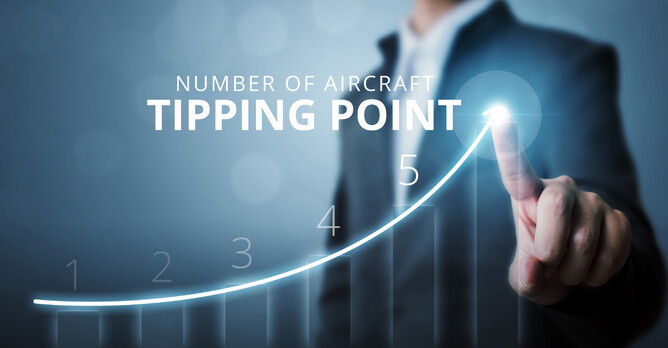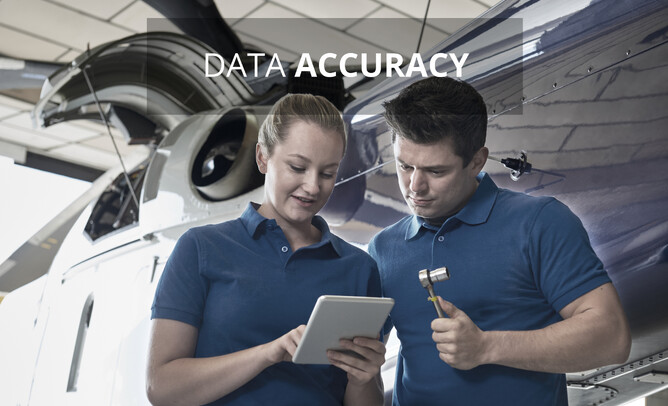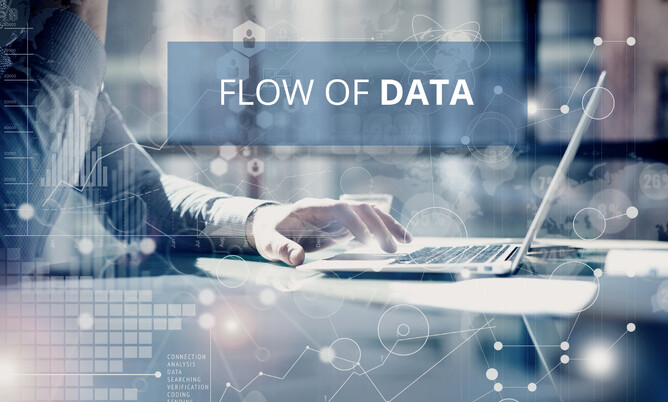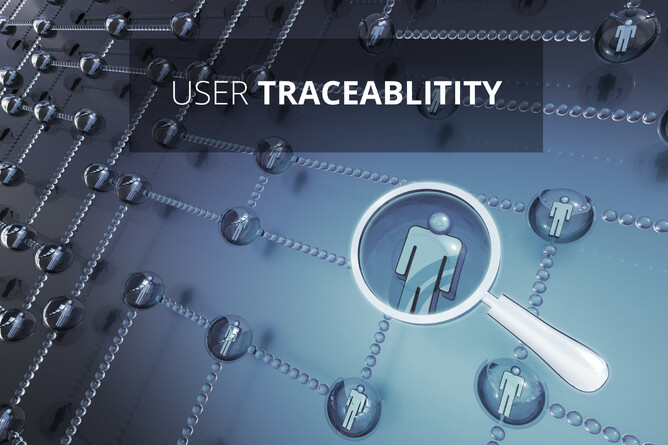In most stages of business there are tipping points. The moment you need to "give up your day job" and go full time in your new business. When your team is so stretched you HAVE to hire another staff member. That moment manual processes need to be automated or moved away from an old, basic system.
We find the natural progression for most aviation businesses is to start using a paper based system, then move towards spreadsheets in either Office 365 or Google Apps, and then they find they need to get efficiencies of entering data once and being able to use it in multiple ways throughout the process. Although this is a natural progression, why is it needed?
We hear from our clients all the time that there are five key benefits when they move from "paper based" or "spreadsheet hell" to a specific software solution like Aeronet.
- Accuracy
- Versioning Control
- Flow of data
- One time data entry
- User Traceability
1. Data Accuracy
People make mistakes. We're busy and we get tired or overwhelmed at times so, the more automated things can be and the less place for human error, the more accurate the data. Although any system is only as good as the data entered into it, systems can do checks to make sure that what you have entered is a value or option that makes sense for that particular needed information.
We'll talk about one time data entry in a minute but manually entering data either to a spreadsheet or on a handwritten form can have huge effects of accuracy and in aviation, one wrong piece of data can have large consequences. When things are handwritten especially, illegible handwritten forms and misinterpretation of scrawled comments can cause a large number of errors with information.
2. Versioning Control
Seeing what changes have been made, and when, to data can be really important to identify trends and changes in a business. When this data is hand written, it can be very difficult to see historical, versioned information. Trying to version control spreadsheets can be even more difficult as you now need multiple files, set at different dates, all saved in one location. Finding the right historical version and attaching the right one to an email can be a nightmare.
On a hosted software system, you can track when changes were made to data, review older versions of things and generate reports easily from specified date ranges. This means that regardless of when you access the data, you know that the data you are looking at was how it looked at the time you're checking in on.
3. Flow of data
Having data move throughout your businesses processes without having to do anything is one of the best reasons to use software in your aviation business. Want your booking data to flow from your website to your bookings system, to a quote, through to flight tickets, to invoices and then to reporting dashboards? Software can be customized to do that. Now try to do that from your bookings diary on your front desk or from a spreadsheet. It's nigh on impossible.
Using things called API's (Application Programming Interface) one piece of software can be connected with another and data can flow seamlessly between them. Although getting them connected might take a bit of work and some cost will be associated, the savings in time and person hours can be huge especially when you start to scale up.
Also, when someone else is needed in the process, software can automatically let them know when they are needed to do their part and notify other users of where things are up to in the process. This transparency of where processes and data is at can save a lot of back in forth between people and brain power of trying to remember where things are up to.
4. One time data entry
There is nothing worse when you're filling out a form or report manually that you need to enter the same information multiple times. It often causes you to rush or not read things correctly and then the information is entered incorrectly. Being able to enter data once and then reuse it throughout a process is the ultimate. It means you can carefully enter it one time and know it is always correct ongoing.
Remember carbon paper? That was our solution to this problem when we were paper based but we've moved on. Spreadsheets made this slightly easier as you can reference a cell once and then use it in multiple places, however, you need to be a spreadsheet wizard to get anything powerful done.
In software, you enter the data once and then left the software magically push it wherever it is needed and leave the complexity to the developers behind the software. Even better, if you can get the original data entered automatically, there is no data entry and it is just there. For example, getting booking data added via an online client booking or a flight entered using data from a satellite tracking system means there is no data entry and the quality of the data just needs to be checked for accuracy. It can all happen automagically!
5. User Traceability
In business, we should never be in the blame game (it doesn’t help!) but there are times we need to know who did what to dive a little deeper into things or check who signed off certain tasks. You can do this fairly simply by getting people to sign their work in paper based systems or, the more difficult option of becoming a graphologist (a handwriting expert – you're welcome). Spreadsheets make this a little harder and there is nowhere to sign (or handwriting to analyze) unless you are using an online based spreadsheet where you can see who is editing what by versioning.
In software, each user has their own, unique login and password which means that any change can be attributed to a specific person at a specific time. This can then be displayed anywhere throughout the software in terms of change history. Also, assuming people are security conscious with their password, a logged in user ticking a box to sign off a piece of work is as secure (if not more) than a signature on a piece of paper. User traceability is critical in the aviation industry when working with maintenance of aircraft and tracking who did what and when.
Growth & efficiencies demand technology changes
As your business grows or your processes require efficiencies, sometimes the only option is a technology change. Paper based processes work to a certain scale but then accuracy, flow of data and multiple data entry issues start to cause problems moving forward. Spreadsheets are great and for those "Excel wizards" out there, what you can do with them is mind blowing. However, there are limitations especially in data flow and versioning which then requires a move to software and databases.
Software, such as Aeronet for arcraft maintenance tracking, MRO and operations allows for accuracy of data, simple versioning control, flow of data to where you need it, only entering data once and user traceability.
If you're in the middle of paper based chaos or spreadsheet hell for your aviation organization, Aeronet could be a great fit for you. Book a time to chat with one of the Aeronet aviation experts and see where we may be able to help.




